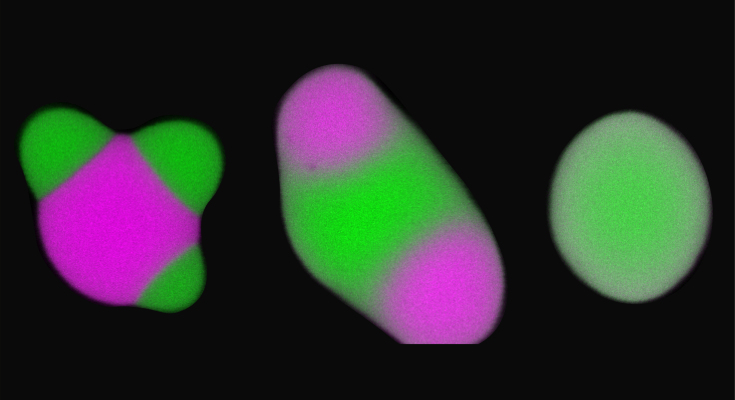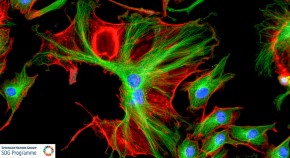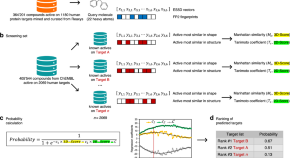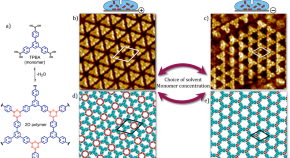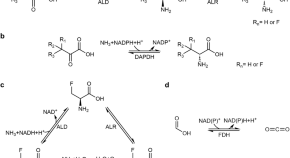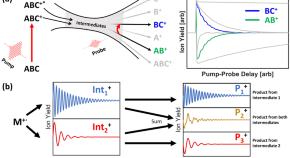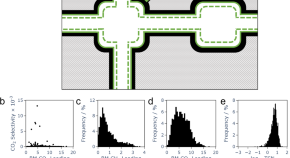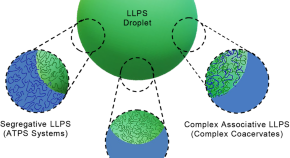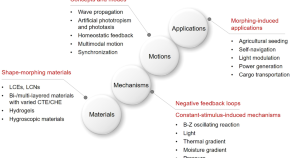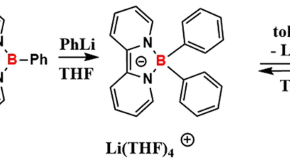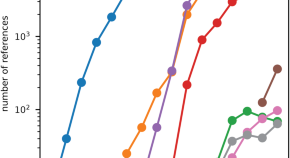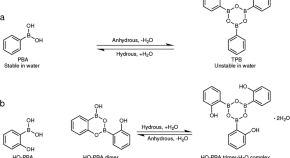Advertisement
-
-

Challenges for exploiting nanomagnet properties on surfaces
Molecular complexes with single-molecule magnet or qubit properties are great candidates for quantum information storage and processing, however, device implementation requires controlled surface deposition and property retention, which is a challenge. This Perspective gives a brief overview of molecular properties on a surface relevant for magnetic molecules and how they are affected by surface deposition, pointing out possible ways of overcoming the problems encountered so far.
-
-
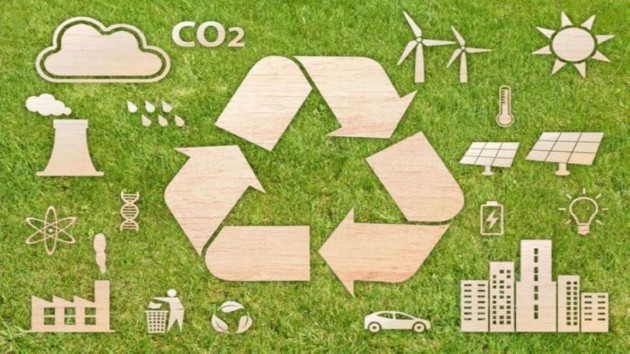
Electrocatalytic CO2 reduction
Trending - Altmetric
-
Large-scale analysis of small molecule-RNA interactions using multiplexed RNA structure libraries
-
A facile DNA coacervate platform for engineering wetting, engulfment, fusion and transient behavior
-
Enzymatic synthesis of mono- and trifluorinated alanine enantiomers expands the scope of fluorine biocatalysis
-
Challenges for exploiting nanomagnet properties on surfaces

